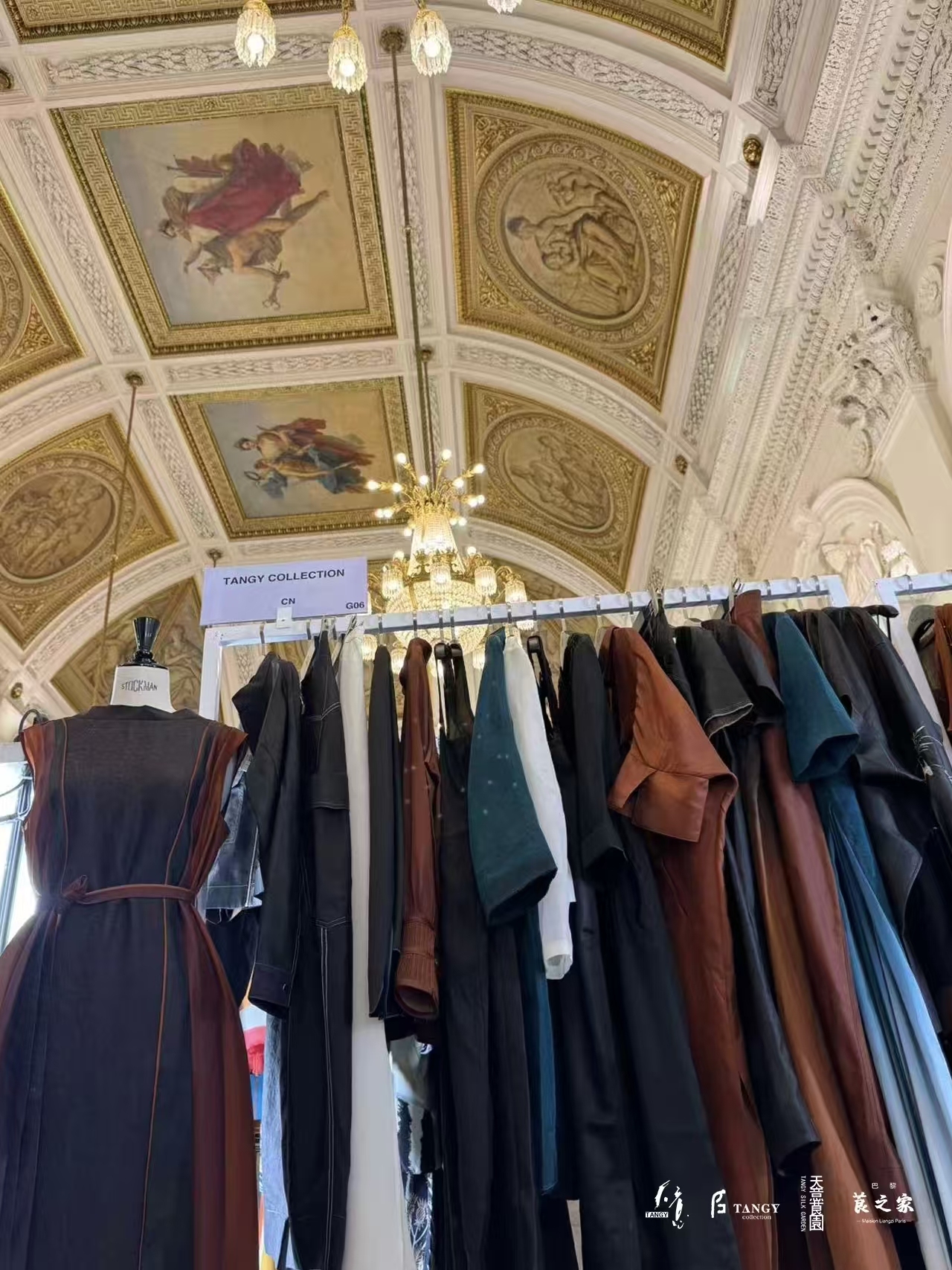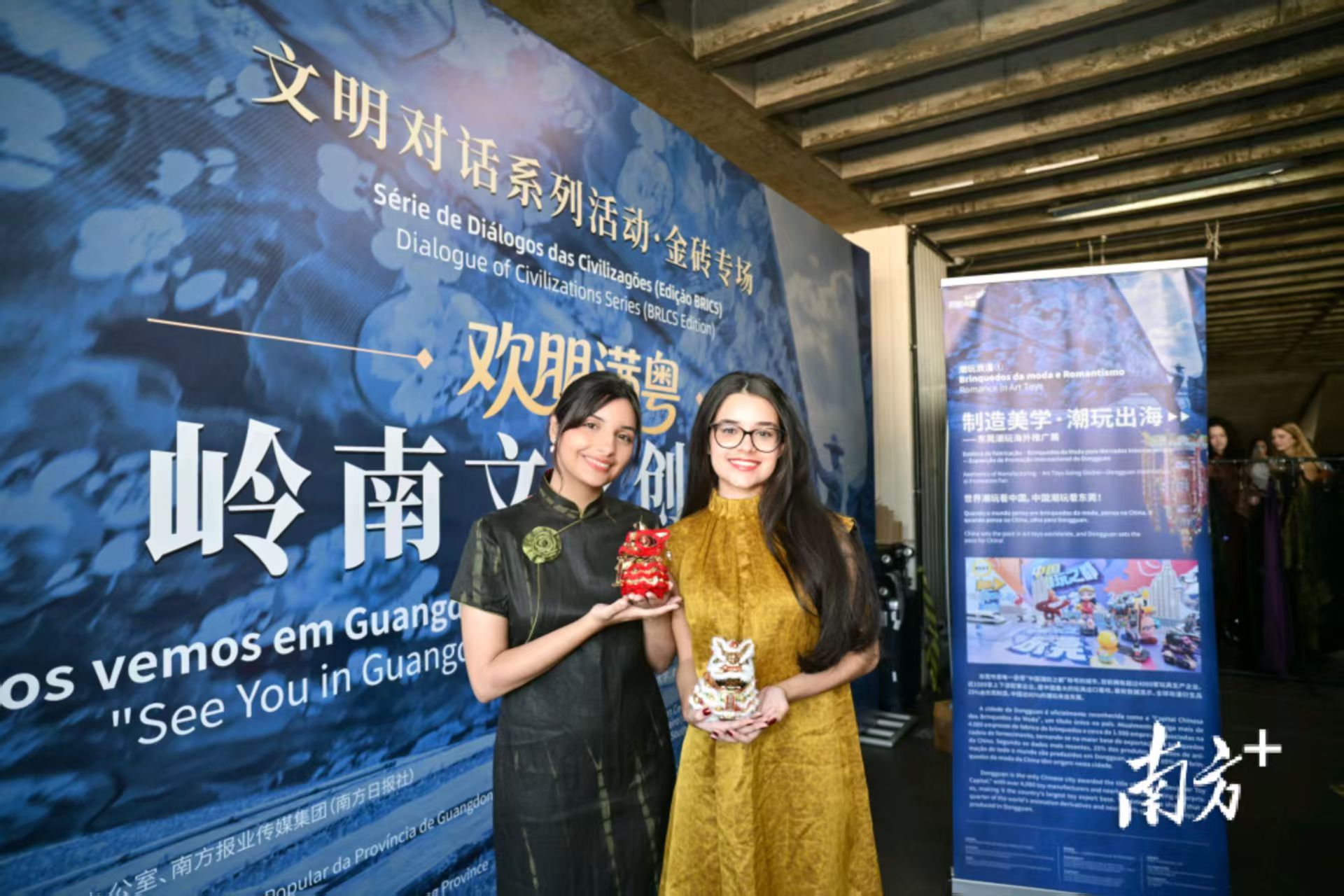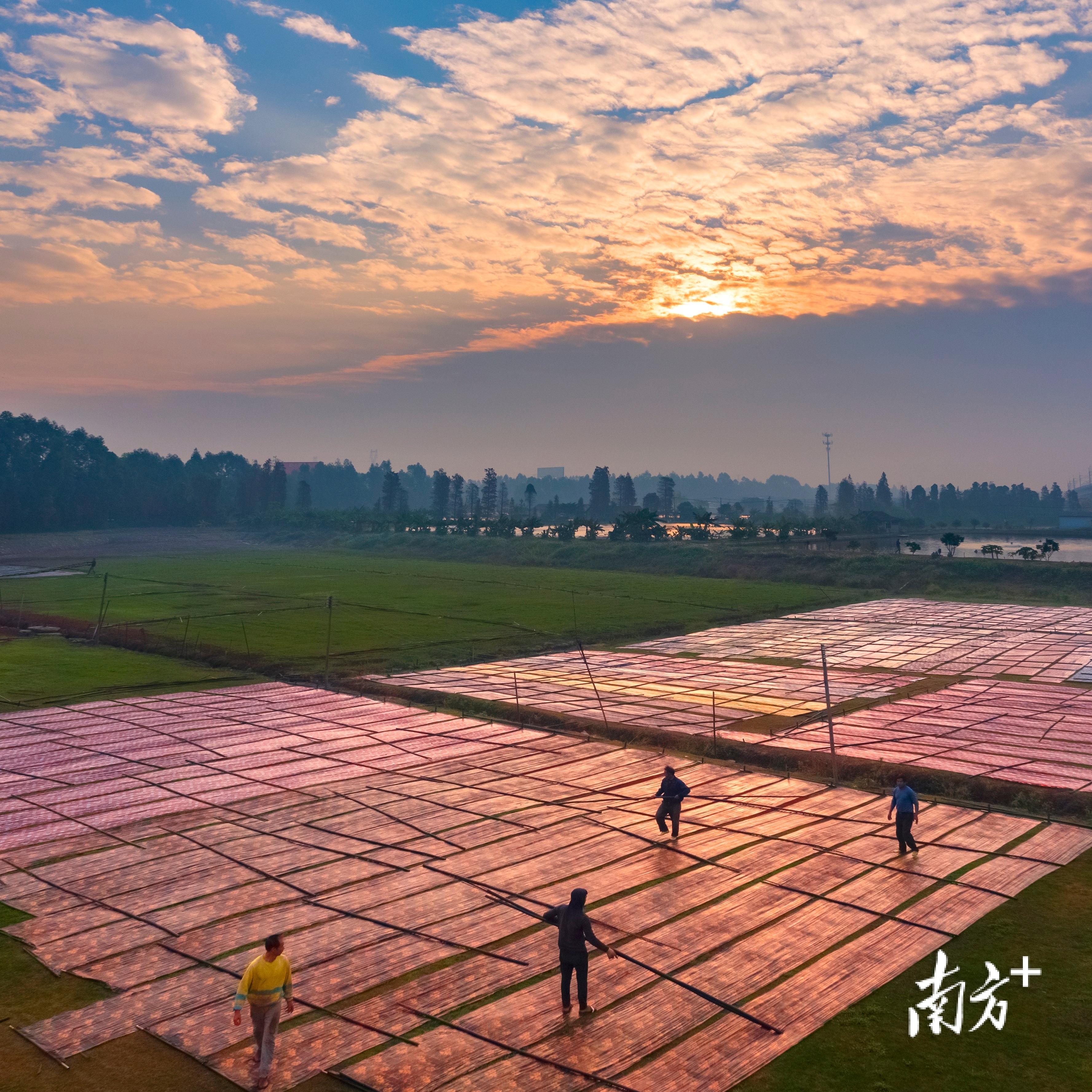A centuries-old silk fabric from Shunde, Guangdong, is gaining international attention as it appears on runways and in cultural exhibitions from Paris to Brazil. Known as Xiangyunsha (Gambiered Canton Gauze), this lightweight, eco-friendly material combines traditional craftsmanship with modern design, capturing the interest of global fashion designers and cultural enthusiasts alike.

In 2025, Shunde's TANGY Collection became the first Chinese label to showcase its work in the exclusive Napoleon Hall at Paris's TRANOÏ fashion fair, a space traditionally reserved for top international designers. The brand's flagship store in Paris further strengthens its global presence by blending Chinese aesthetics with French elegance.
Earlier this year, the fabric gained diplomatic recognition when Shunde artisans presented Xiangyunsha shawls to Saudi Arabian royalty, who praised its texture and cultural significance. In Brazil, modernized qipaos made of Xiangyunsha were featured at a BRICS cultural exhibition, demonstrating how traditional wear can appeal to contemporary international audiences.


Xiangyunsha's uniqueness lies in its natural production process. Made in Shunde's Lunjiao area, the fabric is dyed with juice from the Dioscorea cirrhosa (commonly known as the dyeing yam) and finished with iron-rich local river mud. The method involves repeated soaking, sun-drying, and mud-coating cycles, taking nearly a year to complete. This chemical-free process results in a durable, breathable fabric with a subtle sheen.
The craft was listed as a national intangible cultural heritage in 2008 and has since received geographical indication protection, meaning only producers in Shunde's designated areas can use the name "Xiangyunsha."

To support the industry's growth, Shunde launched an industrial strategy in 2025, aiming to develop a local production hub, strengthen cultural preservation, and build an international supply chain. Key initiatives include introducing QR code traceability, giving each piece a "digital identity", and creating an industrial park that integrates production, exhibition, and tourism.
Author | Feng Huiting
Photo | Nanfang Plus
Editor | Liu Lingzhi, James Campion, Shen He
















